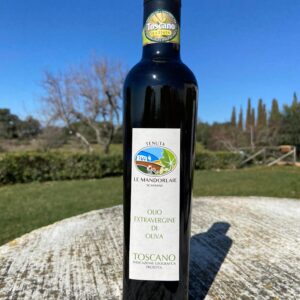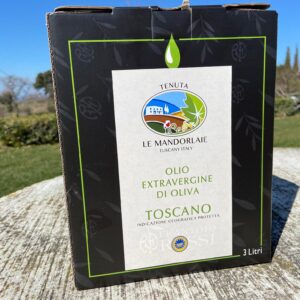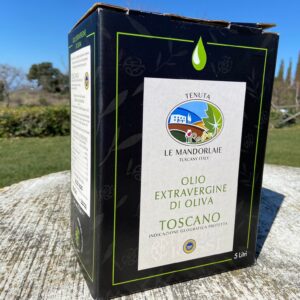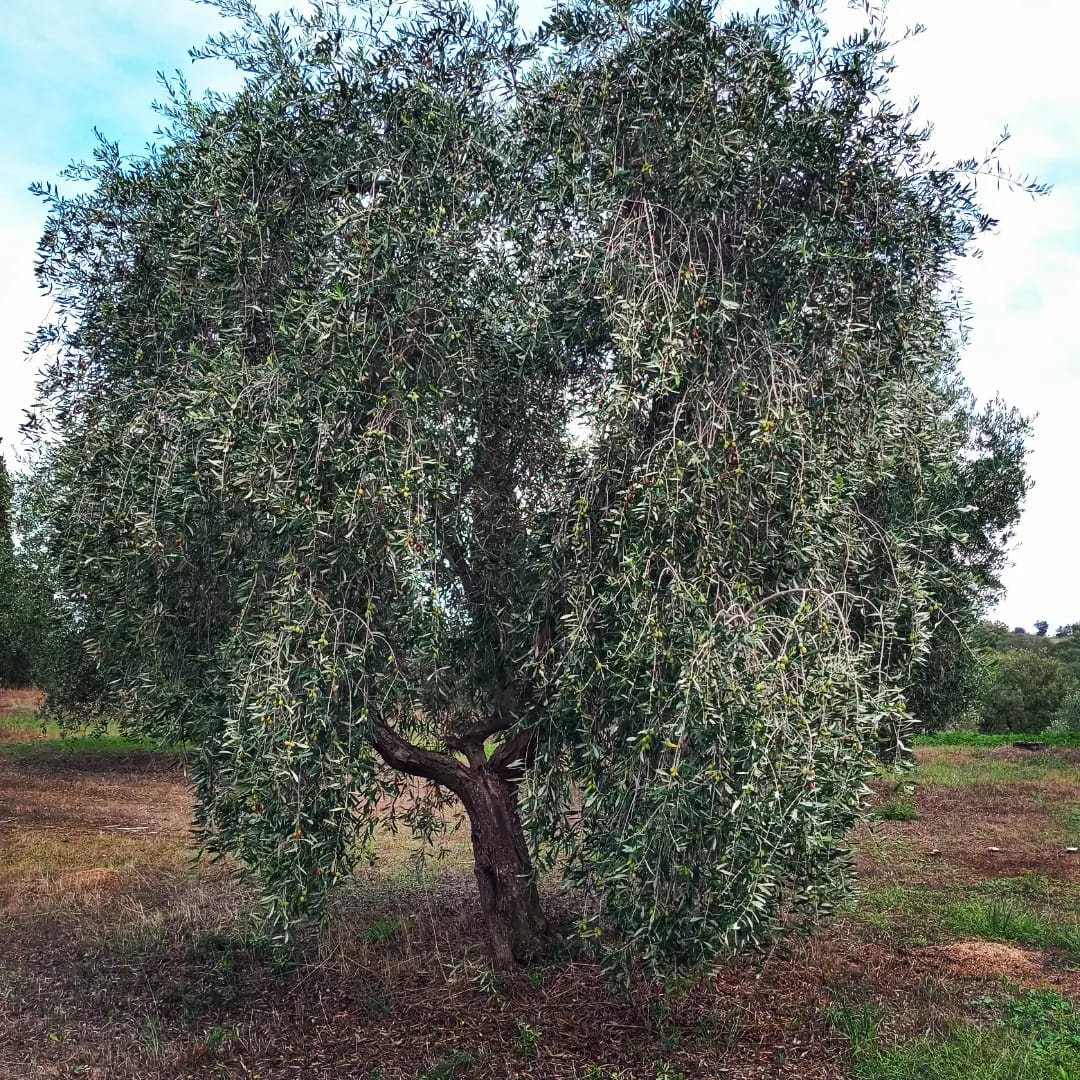
The Life of an Olive Tree, From Seedling to Thousand Year Old Giant
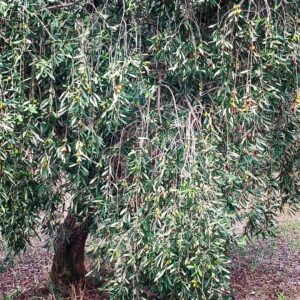 The olive tree, with its silvery leaves and gnarled trunk, is an enduring symbol of peace, resilience, and abundance. From its humble beginnings as a tiny seedling to its potential to live for over a thousand years, an olive tree‘s journey is a remarkable testament to the power of nature. Along the way, it weathers storms, heatwaves, droughts, and the test of time—all while providing the world with its prized fruit, the olive. This article traces the life of an olive tree from its first sprout to its ancient years, exploring the factors that help it survive and thrive.
The olive tree, with its silvery leaves and gnarled trunk, is an enduring symbol of peace, resilience, and abundance. From its humble beginnings as a tiny seedling to its potential to live for over a thousand years, an olive tree‘s journey is a remarkable testament to the power of nature. Along the way, it weathers storms, heatwaves, droughts, and the test of time—all while providing the world with its prized fruit, the olive. This article traces the life of an olive tree from its first sprout to its ancient years, exploring the factors that help it survive and thrive.
The Beginning, Seeding and Germination
The life of an olive tree begins with a seed. Olive seeds are encased in the hard pit found inside the fruit. Although the pit can take some time to germinate due to its tough outer layer, with the right care and conditions, it can be coaxed into life. This process starts when the seed is planted in soil, ideally in well-drained soil with ample sunlight.
Germination is a slow process for olives. The seedling will emerge, putting down roots and sending up its first delicate leaves, and it can take months before the seed finally sprouts. During these early stages, the olive tree is highly vulnerable. It needs warmth, moisture, and protection from harsh conditions. If these conditions are met, the seedling will grow steadily, developing a sturdy root system to support its future growth.
Adolescence, Growth and First Harvest
After its first few years, the young olive tree starts to develop into a more recognizable form, with its characteristic narrow leaves and slender branches. Typically, an olive tree will not bear fruit until it is around five to ten years old, depending on the variety and environmental conditions.
This period of youth is focused on growth. The tree invests energy into expanding its roots deep into the soil and extending its branches toward the sky. These deep roots help olive trees find water even in drought-prone regions, making them well-suited to the Mediterranean and arid climates where they thrive.
When an olive tree finally bears its first crop of olives, it is a moment of excitement for farmers. While the tree may not yet be at its full capacity, this early harvest offers a glimpse of what is to come. Over the next few decades, the tree will increase its yield, producing more fruit as it matures.
Maturity, The Tree in Its Prime
Between 50 to 150 years old, the olive tree is in its prime. Its branches are thick, its trunk sturdy, and its roots deep and well-established. This is when the tree produces its best and most abundant harvests. Olive trees are known for their ability to yield a generous crop year after year, providing a valuable source of food, oil, and income for those who cultivate them.
Even in their mature years, olive trees are remarkably resistant to environmental stress. Their leaves have a waxy coating that helps reduce water loss in hot, dry conditions, while their root systems allow them to access moisture deep below the soil’s surface. They are capable of withstanding long periods of drought, and they can also tolerate harsh winds and poor soil quality.
The Struggle, surviving Drought and Heat
One of the most extraordinary aspects of an olive tree’s life is its ability to survive in extreme conditions. As Mediterranean regions and other olive-growing areas experience hotter, drier climates due to global warming, olive trees are increasingly facing the challenge of drought. Yet, they are uniquely equipped to handle these challenges.
Olive trees have adapted to survive on minimal water. During prolonged droughts, they may reduce the amount of fruit they produce or temporarily go dormant to conserve energy. Their deep root systems, which can extend over 20 feet, enable them to draw water from far below the surface, giving them a lifeline even in arid conditions.
The tree’s resilience also extends to high temperatures. Olive trees can survive and even thrive in the heat, provided they have some access to water. They use a process called stomatal regulation to minimize water loss by closing the tiny pores on their leaves, reducing evaporation and helping the tree conserve moisture during the hottest parts of the day.
The Golden Years, The Ancient Olive Tree
The life of an olive tree doesn’t slow down as it enters its twilight years—quite the opposite. Some olive trees continue to produce olives even after 1,000 years of growth. These ancient giants, often referred to as “millennial trees,” have witnessed centuries of human history and continue to bear fruit.
The trunk of an ancient olive tree becomes thick and twisted, often hollowing out in the center while still sending out new shoots from its roots. These trees have survived countless droughts, storms, and even fires, regenerating themselves from their resilient root system. Some olive trees are known to regenerate entirely even after being cut down to their base.
In the regions of Italy, Greece, Spain, and the Middle East, some olive trees are so old that they are considered national treasures. Farmers and locals tend to these ancient trees with reverence, recognizing their symbolic importance and the bounty they continue to provide.
Legacy and Immortality, Passing on Through Generations
One of the most fascinating characteristics of olive trees is their ability to effectively live forever. While the main trunk and branches may eventually die off, new shoots can sprout from the roots. This process, known as suckering, allows the tree to continuously regenerate and produce fruit for centuries. In this way, an olive tree can exist across generations, symbolizing continuity, stability, and peace.
Farmers often propagate olive trees by taking cuttings or grafting, ensuring that the legacy of a particular tree lives on through its genetic descendants. This means that even trees planted today could become the ancient giants of the future, standing as witnesses to the passing of time and generations of caretakers.
From its delicate beginnings as a seed to its towering stature as a thousand-year-old tree, the olive tree is a powerful reminder of nature’s resilience and the incredible journey of life. Throughout its long life, it faces challenges—heat, drought, storms, and human intervention—but it persists, thriving under the harshest of conditions.
The olive tree’s ability to bear fruit for centuries speaks to its deep connection with the land, and to the care and wisdom of those who cultivate it. Year after year, it delivers its harvest, offering the world its timeless gift—olives, and the precious oil they provide. For as long as olive trees stand, their legacy of survival, abundance, and peace will continue to inspire and sustain humanity.
Our Organic Extra Virgin Olive Oil Toscana products



